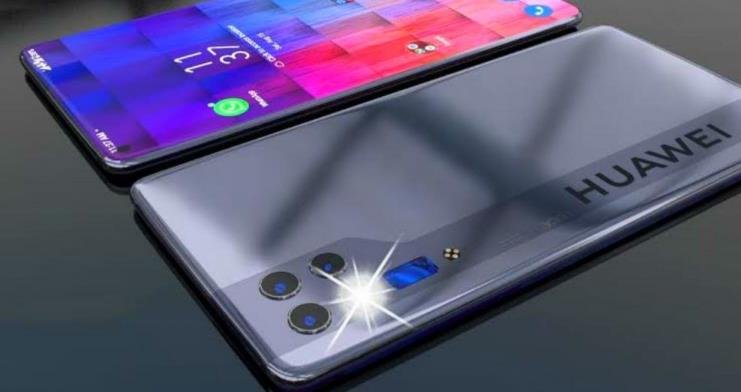Huawei, the Chinese tech giant, has recently launched its latest flagship smartphone, the Mate 60 Pro, which claims to be powered by an advanced 7-nanometer chip, the Kirin 9000s. This has raised eyebrows in the global tech industry, as Huawei has been under severe US sanctions that restrict its access to cutting-edge semiconductor technology. How did Huawei manage to produce such a chip, and what does it mean for the US-China tech rivalry?
The Kirin 9000s: A Made-in-China Miracle?
The Kirin 9000s is the chip that runs the Mate 60 Pro, and according to Huawei, it is the world’s first 5G-integrated 7-nanometer processor. This means that it can support faster and more reliable data transmission, as well as enhanced performance and power efficiency. The chip also boasts a powerful GPU, a neural processing unit, and a satellite phone feature.

The chip is designed by Huawei’s subsidiary HiSilicon, and fabricated by China’s leading foundry, Semiconductor Manufacturing International Corp (SMIC). This is remarkable, as SMIC was previously thought to be incapable of producing chips at such a small scale. In fact, SMIC was also targeted by the US government last year, which imposed export restrictions on equipment and materials needed for advanced chipmaking.
The launch of the Mate 60 Pro has been hailed as a “made-in-China design and manufacturing milestone” by TechInsights, a Canada-based semiconductor research firm. It has also sparked a wave of patriotic fervor among Chinese consumers, who have rushed to buy the new phone despite its hefty price tag of 6,999 yuan (about US$1,085).
The US Response: A Probe or a Ploy?
The US government, however, is not impressed by Huawei’s achievement. Instead, it has launched an investigation into how Huawei and SMIC were able to circumvent the US sanctions and produce the Kirin 9000s chip. US National Security Adviser Jake Sullivan said during a White House press briefing that the US needs “more information about precisely its character and composition” to determine if any parties violated the US export controls.
Some analysts have speculated that Huawei may have stockpiled some critical components before the sanctions took effect, or that it may have found alternative suppliers from other countries. Others have suggested that SMIC may have used older equipment that was not subject to the US restrictions, or that it may have received some assistance from other Chinese entities.
The US probe could be seen as a sign of concern or even fear that China is catching up with the US in the semiconductor sector, which is vital for both economic and national security. Alternatively, it could also be seen as a tactic to pressure China to make concessions in other areas of contention, such as trade or human rights.
The Global Implications: A Game-Changer or a Flash in the Pan?
The Mate 60 Pro and its Kirin 9000s chip have undoubtedly generated a lot of buzz and controversy in the global tech scene. But are they really a game-changer for China’s technological ambitions, or just a flash in the pan?
On one hand, the phone and the chip demonstrate China’s resilience and innovation in the face of US hostility. They also show China’s determination to achieve self-reliance and reduce its dependence on foreign technology. They could inspire more Chinese companies and consumers to support domestic products and brands.
On the other hand, the phone and the chip may not be sustainable or scalable in the long run. Huawei still faces many challenges in sourcing other components and software for its devices, as well as expanding its market share in overseas regions. SMIC still lags behind its rivals in terms of technology and capacity, and may not be able to meet Huawei’s demand or quality standards. They could also provoke more backlash from the US and its allies, who may impose more sanctions or restrictions on China’s tech sector.
In conclusion, the Mate 60 Pro and its Kirin 9000s chip are impressive feats of engineering and marketing, but they are not enough to guarantee China’s supremacy or security in the semiconductor industry. The US-China tech competition is far from over, and both sides will continue to vie for dominance and influence in this strategic domain.
